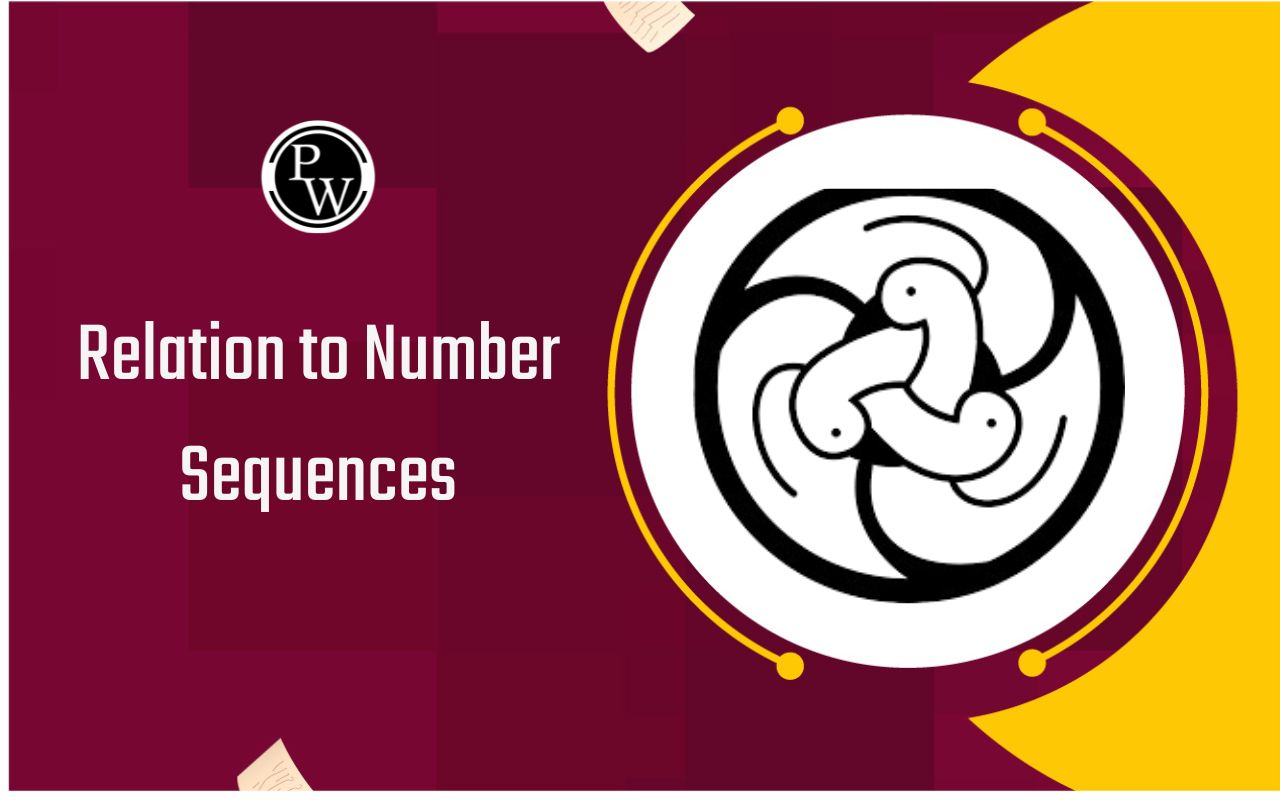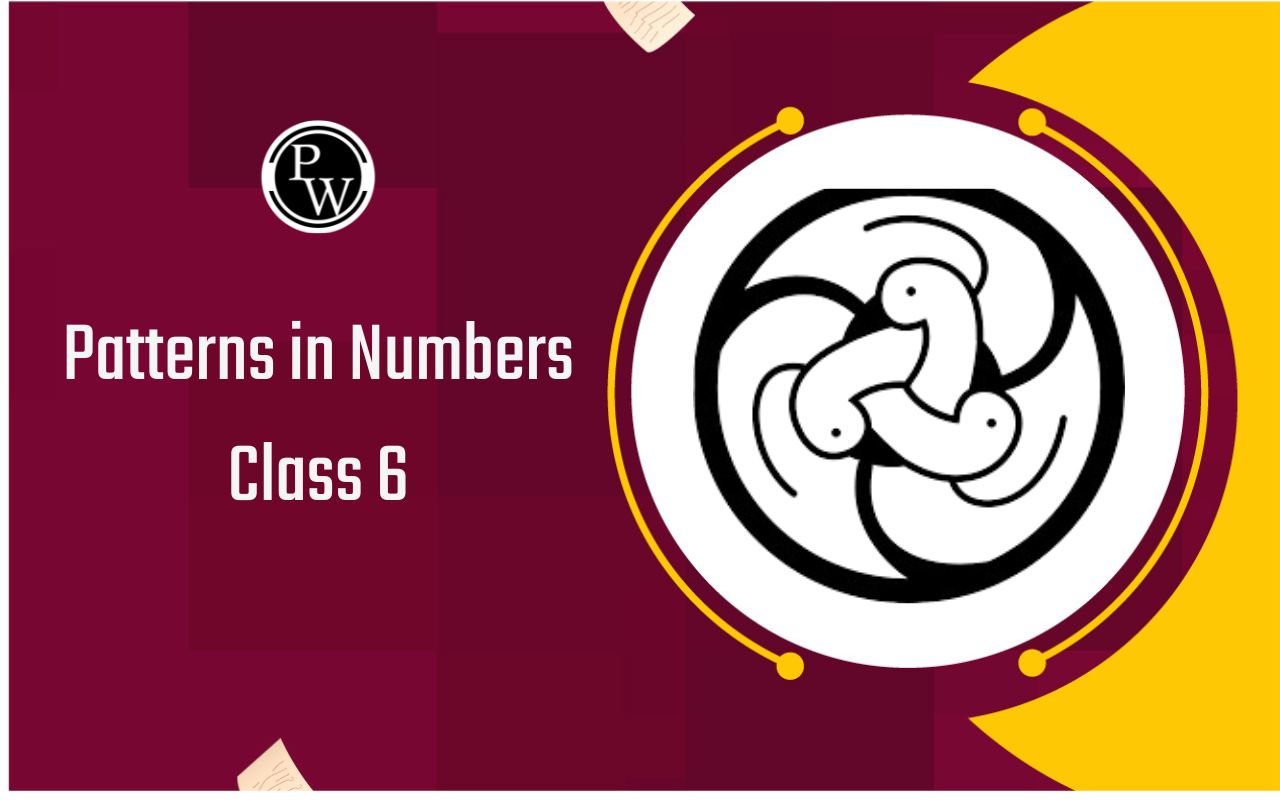
NCERT Solutions for Class 6 Social Science Geography Chapter 1
NCERT Solutions for Class 6 Social Science Geography Chapter 1 : Are you a student or a parent looking for reliable and comprehensive solutions for Class 6 Social Science Geography? Look no further! In this blog post, we will be exploring the NCERT solutions for Class 6 Social Science Geography Chapter 1 - The Earth in the Solar System. This chapter is crucial in understanding the fundamental concepts of our planet's position in the vast solar system and its relationship with other celestial bodies. Whether you're struggling with the concept of rotation and revolution or simply want a clearer understanding of the solar system, this blog post will provide you with a comprehensive overview backed by reliable and accurate NCERT solutions.NCERT Solutions for Class 6 Social Science Geography Chapter 1 Overview
The NCERT Solutions for Class 6 Social Science Geography Chapter 1, titled "The Earth in the Solar System," discuss conditions favorable for life, emphasizing Earth as the only known planet supporting life. The chapter covers topics such as the solar system, the Earth's unique features, and the importance of water in liquid form. It provides essential information about the Universe and serves as an introduction to geography for Class 6 students. For additional clarity and understanding, NCERT Solutions are available for download, offering easy-to-understand explanations. The chapter serves as a foundation for Class 6 Geography, covering the Earth's position in the solar system and essential concepts related to it.
NCERT Solutions for Class 6 Social Science Geography Chapter 1 The Earth in the Solar System
Here are the key topics covered in NCERT Class 6 Social Science Geography Chapter 1: "The Earth in the Solar System":1) Introduction to the Solar System:
- Overview of the Solar System and its components.
- Identification of the Sun as the central star.
2) Position of Earth:
- Earth's position as the third planet from the Sun.
- Comparison of Earth's size with other planets in the Solar System.
3) Rotation and Revolution:
- Explanation of Earth's two primary motions: rotation and revolution.
- Understanding the effects of rotation (day and night) and revolution (seasons).
4) Shape of the Earth:
- Discussion on the shape of the Earth as an oblate spheroid.
- Understanding the concepts of the equator and poles.
5) Latitude and Longitude:
- Introduction to the concept of latitude and its measurement from the equator.
- Explanation of longitude and its measurement from the Prime Meridian.
6) The Equator and Prime Meridian:
- Understanding the significance of the Equator and Prime Meridian.
- Identification of countries and regions based on their position in relation to these lines.
7) Time Zones:
- Introduction to time zones and their relevance.
- Understanding the Earth's rotation in relation to time measurement.
8) Globes and Maps:
- Explanation of globes as three-dimensional representations of the Earth.
- Introduction to maps as two-dimensional representations, with a focus on symbols and legends.
9) Solar System Components:
- Identification and brief description of other components in the Solar System (planets, moons, asteroids, comets).
10) Earth's Neighbors:
- Overview of neighboring planets (Mercury, Venus, Mars, etc.).
- Differences and similarities between Earth and its neighbors.
11) Planetary Orbits:
- Understanding the orbits of planets around the Sun.
- Grasping the idea of elliptical paths.
12) Beyond the Solar System:
- Brief exploration of what lies beyond the Solar System.
NCERT Solutions for Class 6 Social Science Geography Chapter 1 Important Questions
Here are some important questions for NCERT Class 6 Social Science Geography Chapter 1: "The Earth in the Solar System": 1) What is the Solar System, and what does it consist of? The Solar System is a vast system in space that includes the Sun and the celestial bodies that are bound by gravity to the Sun. This includes planets, moons, asteroids, comets, and more. 2) Describe the position of the Earth in the Solar System. The Earth is the third planet from the Sun in our Solar System. 3) Explain the concept of the orbit of the Earth. What shape does it have? The orbit of the Earth is the path it follows around the Sun. It is elliptical in shape, meaning it is an elongated circle. 4) What is the tilt of the Earth's axis, and how does it affect our planet? The Earth's axis is tilted at an angle of approximately 23.5 degrees. This tilt is responsible for the changing seasons on Earth as different parts receive varying amounts of sunlight during the year. 5) Define the terms 'rotation' and 'revolution' with respect to the Earth. Rotation is the Earth spinning on its axis, causing day and night. Revolution is the Earth's orbit around the Sun, taking approximately 365.25 days. 6) How long does it take for the Earth to complete one rotation? What about one revolution? The Earth takes about 24 hours to complete one rotation and approximately 365.25 days to complete one revolution around the Sun. 7) Explain the significance of the Equator and the Prime Meridian. The Equator is an imaginary line around the Earth's middle, dividing it into Northern and Southern Hemispheres. The Prime Meridian is the imaginary line passing from the North Pole to the South Pole, dividing the Earth into Eastern and Western Hemispheres. 8) Discuss the different motions of the Earth and their impact on day and night. The Earth's rotation causes day and night. Day occurs when a specific location on Earth faces the Sun, and night occurs when it faces away. 9) What is the reason behind the occurrence of seasons on Earth? The tilt of the Earth's axis causes different parts of the Earth to receive varying amounts of sunlight at different times of the year, resulting in the changing seasons. 10) Describe the various components of the Solar System. The Solar System consists of the Sun, eight planets (including Earth), their moons, asteroids, comets, and other celestial objects. 11) Explain the concept of the day and night cycle. How does it relate to the Earth's rotation? The day and night cycle is the result of the Earth's rotation on its axis. As the Earth rotates, different parts of the planet are exposed to sunlight (day) or in darkness (night). It takes approximately 24 hours for the Earth to complete one full rotation. 12) What is the significance of the Tropic of Cancer and the Tropic of Capricorn in relation to the Earth's axial tilt? The Tropic of Cancer and the Tropic of Capricorn are latitudinal lines located at 23.5 degrees North and 23.5 degrees South of the Equator, respectively. These lines mark the northernmost and southernmost positions where the Sun is directly overhead during the solstices, which occur due to the axial tilt of the Earth. 13) Describe the characteristics and importance of the Arctic and Antarctic Circles. The Arctic Circle is located at approximately 66.5 degrees North, and the Antarctic Circle is located at approximately 66.5 degrees South. These circles mark the latitudes beyond which, for at least one day a year, the Sun does not completely set (during summer) or does not rise (during winter). 14) How does the Earth's atmosphere play a role in protecting life on the planet? The Earth's atmosphere acts as a protective shield by absorbing harmful solar radiation, regulating temperature, and providing the necessary gases like oxygen for life to thrive. 15) Discuss the different layers of the Earth's atmosphere and their functions. The Earth's atmosphere consists of five layers: the troposphere, stratosphere, mesosphere, thermosphere, and exosphere. Each layer has unique characteristics and plays a specific role, such as trapping heat, providing oxygen, and absorbing harmful solar radiation. 16) Explain why different parts of the Earth experience different lengths of day and night throughout the year. The axial tilt of the Earth causes varying angles of sunlight to reach different latitudes, resulting in different lengths of day and night throughout the year. 17) What is a leap year, and why is it necessary to have one? A leap year is a year that contains an extra day, February 29th, to keep the calendar year synchronized with the astronomical year. It is necessary because the Earth's revolution around the Sun takes about 365.25 days. 18) Describe the concept of time zones and how they are related to the Earth's rotation. Time zones are divisions of the Earth based on longitudinal lines, and each zone represents a standard time. They exist because the Earth rotates 360 degrees in about 24 hours, resulting in 15-degree longitudinal increments per hour. 19) Discuss the impact of the Earth's axial tilt on the intensity of sunlight received at different latitudes. The axial tilt causes variations in the angle at which sunlight strikes different latitudes, leading to differences in the intensity of sunlight and temperature across the globe.CBSE Board Exam Centre List 2024
NCERT Solutions for Class 6 Social Science Geography Chapter 1 Exercises
Here are some NCERT solutions for Class 6 Social Science Geography chapter 1: 1. Answer the following questions briefly: (a) How does a planet differ from a star? Planets are celestial bodies that do not have their own heat and light. They are lit by the heat and light of stars. Stars, on the other hand, are massive celestial bodies made up of gases, emitting their own heat and light. (b) What is meant by the ‘Solar System’? The Solar System is a vast cosmic system that consists of the Sun, eight planets (including Earth), their moons, satellites, and other celestial bodies like asteroids and meteoroids, all bound by gravity to the Sun. (c) Name all the planets according to their distance from the Sun. The planets, arranged in order of their distance from the Sun, are Mercury, Venus, Earth, Mars, Jupiter, Saturn, Uranus, and Neptune. (d) Why is the Earth called a unique planet? The Earth is considered a unique planet in the Solar System because it provides conditions favorable for life. It has a suitable temperature range, water, and an atmosphere containing essential gases. These factors make it distinct from other planets in terms of its potential to support life. (e) Why do we see only one side of the moon always? We always see only one side of the moon because the moon takes approximately 27 days to complete one orbit around the Earth, and it also takes roughly the same amount of time to complete one full rotation on its axis. This synchronization means the same side of the moon is always facing the Earth. (f) What is the universe? The universe is the vast and infinite space that contains everything, including galaxies, stars, planets, moons, asteroids, and various forms of matter and energy. Millions of galaxies make up the universe, forming an unimaginably vast cosmic expanse. 2. Tick the correct answer: (a) The planet known as the “Earth’s Twin” is(i) Jupiter (ii) Saturn (iii) Venus
Answer: (iii) Venus (b) Which is the third nearest planet to the Sun?(i) Venus (ii) Earth (iii) Mercury
Answer: (ii) Earth (c) All the planets move around the Sun in a(i) Circular path (ii) Rectangular path (iii) Elongated path
Answer: (iii) Elongated path (d) The Pole Star indicates the direction to the(i) South (ii) North (iii) East
Answer: (ii) North (e) Asteroids are found between the orbits of(i) Saturn and Jupiter (ii) Mars and Jupiter (iii) The Earth and Mars
Answer: (ii) Mars and Jupiter 3. Fill in the blanks: (a) A group of ________ forming various patterns is called a ________. Answer: (a) A group of stars forming various patterns is called a constellation. (b) A huge system of stars is called ________. Answer: (b) A huge system of stars is called a galaxy. (c) ________ is the third nearest planet to the Sun. Answer: (c) Earth is the third nearest planet to the Sun. In Chapter 1 of Geography - "The Earth in the Solar System," these fundamental concepts about the Solar System, planets, and celestial bodies are introduced, laying the groundwork for further exploration of Earth's geography.| CBSE Syllabus Class 6 | |
| CBSE Class 6 Science Syllabus | CBSE Class 6 Maths Syllabus |
| CBSE Class 6 Social Science Syllabus | CBSE Class 6 English Syllabus |
NCERT Solutions for Class 6 Social Science Geography Chapter 1 PDF Download
NCERT Solutions for Class 6 Social Science Geography Chapter 1 provide a comprehensive and detailed understanding of the fundamentals of our planet and its geographical features. From the physical characteristics of landforms to the impact of human activities on the environment, this chapter covers it all. And with the free PDF download available, these solutions are easily accessible to all students.NCERT Solutions for Class 6 Social Science Geography Chapter 1 PDF Download
NCERT Solutions for Class 6 Social Science Geography Chapter 1 Summary
This chapter provides an introduction to the Solar System and explores the Earth's position within it. Here are the key points covered in the chapter:- The Solar System: The Solar System is a vast cosmic system that includes the Sun, planets, moons, asteroids, comets, and other celestial bodies. The Sun, a star, is at the center, and everything in the Solar System orbits around it due to gravity.
- The Earth's Position: Earth is the third planet from the Sun. It has a unique position, neither too close nor too far from the Sun, allowing it to maintain conditions suitable for life.
- Earth's Rotation and Revolution: The Earth has two primary motions: rotation and revolution. Rotation is the spinning of the Earth on its axis, causing day and night. Revolution is the Earth's orbit around the Sun, completing one orbit approximately every 365.25 days.
- Axial Tilt: The Earth's axis is tilted at an angle of about 23.5 degrees. This tilt is responsible for the changing seasons as different parts of the Earth receive varying amounts of sunlight throughout the year.
- The Equator and Prime Meridian: The Equator is an imaginary line that divides the Earth into Northern and Southern Hemispheres. The Prime Meridian is an imaginary line that divides the Earth into Eastern and Western Hemispheres.
- Time Zones: Earth is divided into time zones, with each zone representing a standard time. This division is based on longitudinal lines, and it helps in coordinating activities and keeping time consistent globally.
- The Arctic and Antarctic Circles: These are latitudinal lines beyond which, for at least one day a year, the Sun does not completely set (during summer) or does not rise (during winter).
- Seasons: The axial tilt, combined with the Earth's orbit around the Sun, leads to the occurrence of seasons. Different latitudes experience variations in temperature and daylight throughout the year.
NCERT Solutions for Class 6 Social Science Geography Chapter 1 FAQs
What is the Solar System, and what does it consist of?
The Solar System is a vast system in space that includes the Sun and all the celestial bodies bound by gravity to it. This encompasses planets, moons, asteroids, comets, and other objects.
How does the Earth's position in the Solar System influence its climate?
The Earth's position, neither too close nor too far from the Sun, allows it to maintain conditions suitable for life. The axial tilt and orbit around the Sun lead to variations in climate, resulting in seasons.
Explain the difference between rotation and revolution of the Earth.
Rotation is the Earth spinning on its axis, causing day and night. Revolution is the Earth's orbit around the Sun, completing one orbit approximately every 365.25 days.
Why do we have different seasons on Earth?
The axial tilt of the Earth's axis causes different parts of the Earth to receive varying amounts of sunlight at different times of the year, resulting in the changing seasons.
What is the significance of the Equator and the Prime Meridian?
The Equator is an imaginary line dividing the Earth into Northern and Southern Hemispheres. The Prime Meridian is an imaginary line dividing the Earth into Eastern and Western Hemispheres. They serve as reference points for navigation and geography
Talk to a counsellorHave doubts? Our support team will be happy to assist you!

Check out these Related Articles
Free Learning Resources
PW Books
Notes (Class 10-12)
PW Study Materials
Notes (Class 6-9)
Ncert Solutions
Govt Exams
Class 6th to 12th Online Courses
Govt Job Exams Courses
UPSC Coaching
Defence Exam Coaching
Gate Exam Coaching
Other Exams
Know about Physics Wallah
Physics Wallah is an Indian edtech platform that provides accessible & comprehensive learning experiences to students from Class 6th to postgraduate level. We also provide extensive NCERT solutions, sample paper, NEET, JEE Mains, BITSAT previous year papers & more such resources to students. Physics Wallah also caters to over 3.5 million registered students and over 78 lakh+ Youtube subscribers with 4.8 rating on its app.
We Stand Out because
We provide students with intensive courses with India’s qualified & experienced faculties & mentors. PW strives to make the learning experience comprehensive and accessible for students of all sections of society. We believe in empowering every single student who couldn't dream of a good career in engineering and medical field earlier.
Our Key Focus Areas
Physics Wallah's main focus is to make the learning experience as economical as possible for all students. With our affordable courses like Lakshya, Udaan and Arjuna and many others, we have been able to provide a platform for lakhs of aspirants. From providing Chemistry, Maths, Physics formula to giving e-books of eminent authors like RD Sharma, RS Aggarwal and Lakhmir Singh, PW focuses on every single student's need for preparation.
What Makes Us Different
Physics Wallah strives to develop a comprehensive pedagogical structure for students, where they get a state-of-the-art learning experience with study material and resources. Apart from catering students preparing for JEE Mains and NEET, PW also provides study material for each state board like Uttar Pradesh, Bihar, and others
Copyright © 2025 Physicswallah Limited All rights reserved.
Get App







